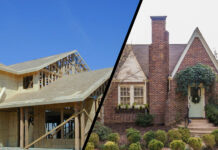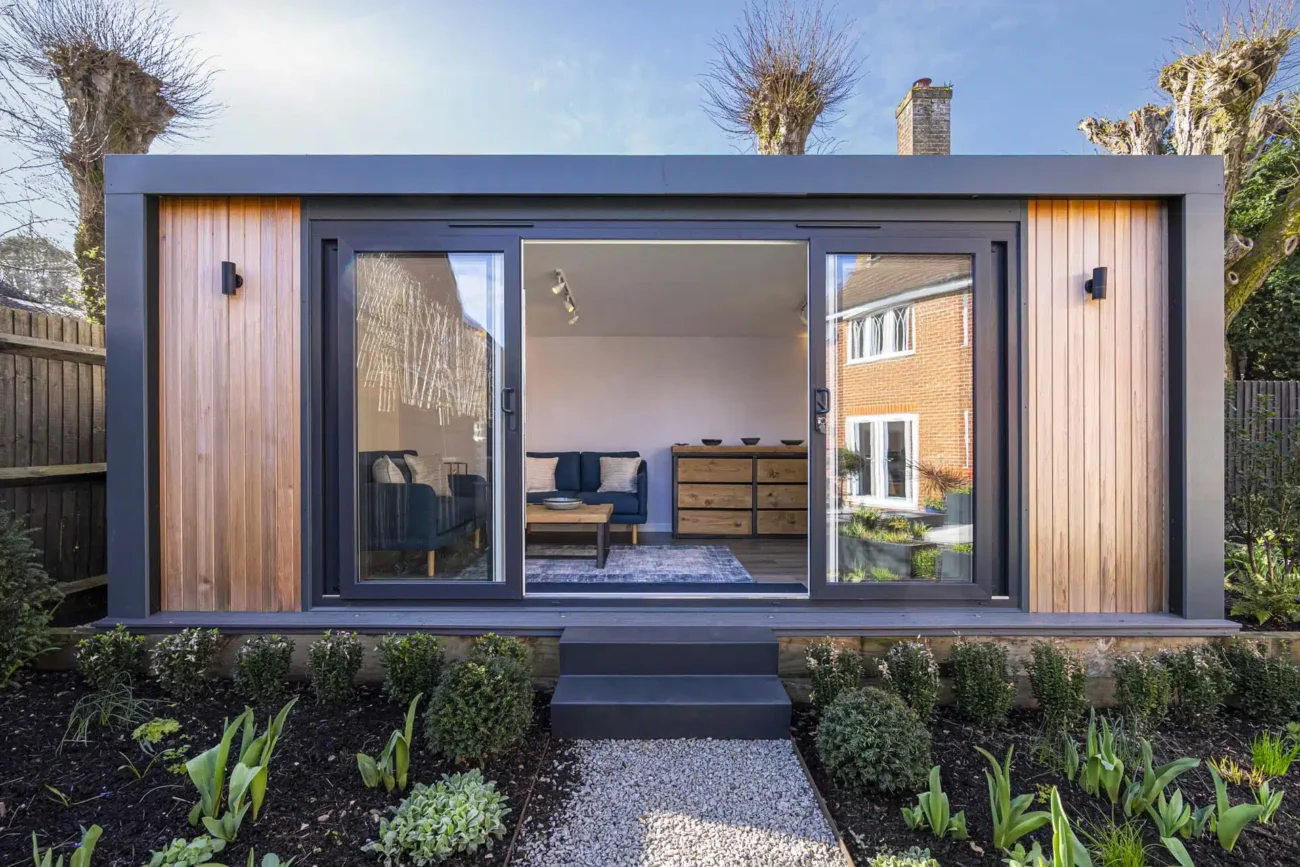
Garden rooms, increasingly the go-to for homeowners wanting to expand without the fuss of conventional home extensions, offer versatility as home offices, art studios, and more. However, with their popularity comes the question of cost. Here’s a comprehensive look into the true expenses surrounding garden rooms.
The Basics
Firstly, distinguishing between a garden room and a conservatory is essential. While conservatories largely use glass to bridge indoors and outdoors, garden rooms are standalone, solid structures. They are separate from the main house, insulated, and can vary in design, features, and build quality. Accordingly, their costs also range widely. SdPh Garden Rooms can help you create the perfect garden room!

Factors Influencing Cost
The cost of a garden room isn’t one-dimensional. Several elements play into the final figure. The size and scale are primary determinants. Larger rooms naturally demand more materials and labor. Then there’s the design. A simple, rectangular shape tends to be more affordable than bespoke creations.
Material choices also swing the price pendulum. Opting for high-quality, long-lasting materials will be costlier. Furthermore, the purpose of the room impacts the price. If the intention is to use it throughout the year, adequate insulation is paramount, increasing expenses. The same goes for utilities. If you’re thinking of having electricity, water, or internet connectivity, be prepared for added costs. Also, depending on the soil and the structure’s size, the foundation requirements might alter the price.
Typical Price Ranges
Garden rooms can be broadly categorized into budget-friendly, mid-range, and luxury in terms of their cost. Budget-friendly rooms, priced between $5,000 to $15,000, are typically basic structures, possibly from prefabricated kits, and may have fewer features. Mid-range garden rooms, priced from $15,000 to $30,000, tend to include better insulation, superior materials, and offer more design flexibility. Luxury ones, priced upwards of $30,000, boast high-end designs using premium materials and may come equipped with advanced features like underfloor heating or high-tech sound systems.

Hidden Costs to Consider
Beyond the obvious, several unanticipated costs can creep into your garden room project. Planning permission, for instance, might be necessary based on local regulations and can come with associated fees. Groundwork, including excavation or tree removal, might be required to prepare the site. Additionally, while the installation expense is significant, ongoing maintenance costs for the garden room also need to be accounted for. Plus, there’s the aspect of furnishing and fitting out the room, which adds to the overall expenditure.
Cost-Benefit Analysis
While the costs might seem steep, garden rooms come with substantial benefits. A well-constructed garden room can enhance a property’s market value. Besides the tangible property value, the functional space, be it an office, studio, or recreational spot, can elevate one’s quality of life. Also, if the garden room reduces or obviates the need for rented office spaces, gym memberships, or similar expenses, the financial benefits can accumulate over time.
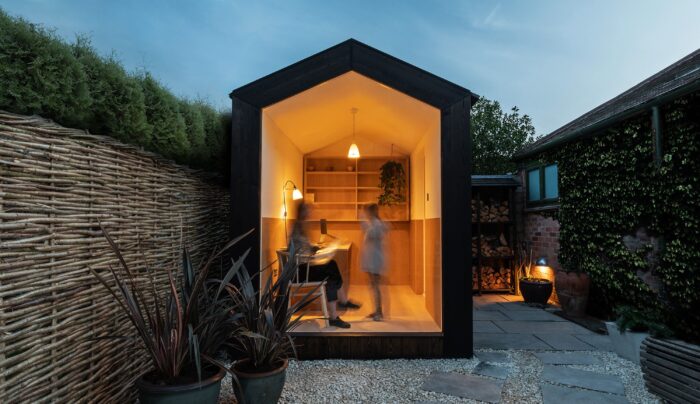
Ways to Save on Costs
Should budgets be tight, there are still ways to make a garden room a reality. For the hands-on homeowner, DIY options exist. Many companies offer self-assembly kits that simplify the process. Repurposing or recycling materials from previous projects is another cost-saving strategy. Alternatively, beginning with a basic structure and gradually enhancing it over time might be more financially feasible. Lastly, always remember to shop around. Prices can differ significantly between suppliers and contractors.
Environmental Considerations
Beyond the monetary dimensions, the environmental implications of setting up a garden room are becoming increasingly pivotal in today’s ecologically-conscious era. Creating sustainable spaces is an endeavor every homeowner should prioritize.
When we discuss the environmental cost, the materials used play a crucial role. Embracing sustainable materials such as reclaimed wood or bamboo can considerably reduce the carbon footprint of the garden room. Energy efficiency is another facet to consider. A garden room designed with insulation, solar panels, and energy-efficient appliances will not only reduce recurring bills but also diminish its overall environmental impact.
Moreover, careful planning regarding the room’s placement is essential to ensure minimal disruption to natural habitats. It’s always preferable to design the room in harmony with the existing landscape rather than altering the surroundings significantly. Water conservation is an additional area of focus. Incorporating water-saving measures and systems that reuse and recycle water can make a notable difference.
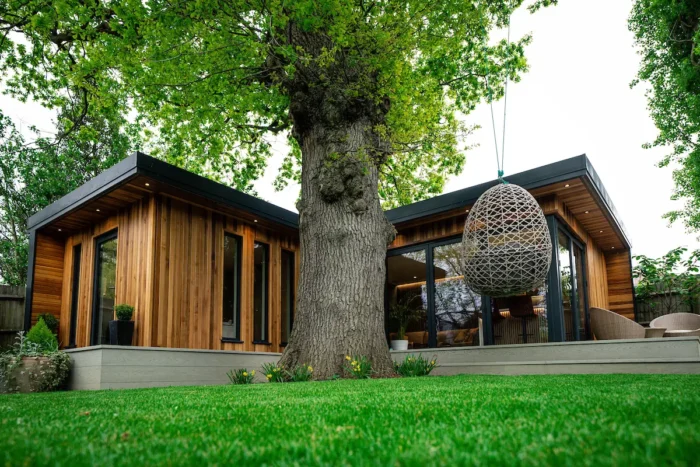
Financing Your Dream Space
Given that garden rooms can be an investment, many homeowners explore different financing routes. Using personal savings is the most direct method, devoid of interest or additional fees. For those who don’t have a lump sum saved up, personal loans or home equity loans present themselves as alternatives. However, understanding the interest rates and terms is crucial before committing.
Using credit cards might seem tempting, especially if there’s an attractive promotional rate on offer. But this can be a slippery slope if the balance isn’t cleared in time, leading to potentially high interest charges. If the garden room serves as a guest suite or a studio, one might even consider monetizing it through occasional rentals on platforms like Airbnb, providing a means to recover some initial expenses.
The Longevity Aspect
Considering the long-term implications is imperative when adding any structure to your property. Ensuring that your garden room is adaptable in its design is crucial. The dynamics of our lives change, and what serves as an art studio today might need to transform into a home office or a meditation space in the future.
Making decisions rooted in quality, even if they seem costlier initially, often ensures that the room remains in good condition for years, offering a better return on investment. With the technological advancements in home automation and the rise of smart homes, integrating tech solutions can also be a wise move, future-proofing the garden room. Additionally, ensuring the space is accessible to all, including those with mobility challenges, can enhance its utility and appeal.
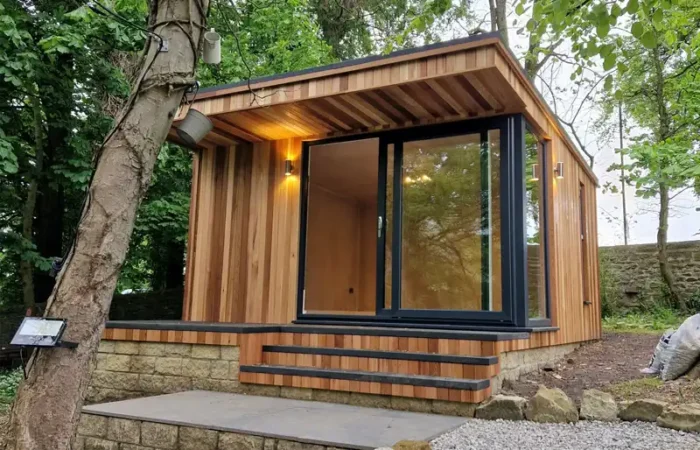
Final Words
Garden rooms are more than just an architectural trend. They represent a blend of functionality, aesthetic appeal, and property enhancement. The costs associated with them can vary based on numerous factors, but with careful planning and consideration, they can be a valuable addition to any property.


